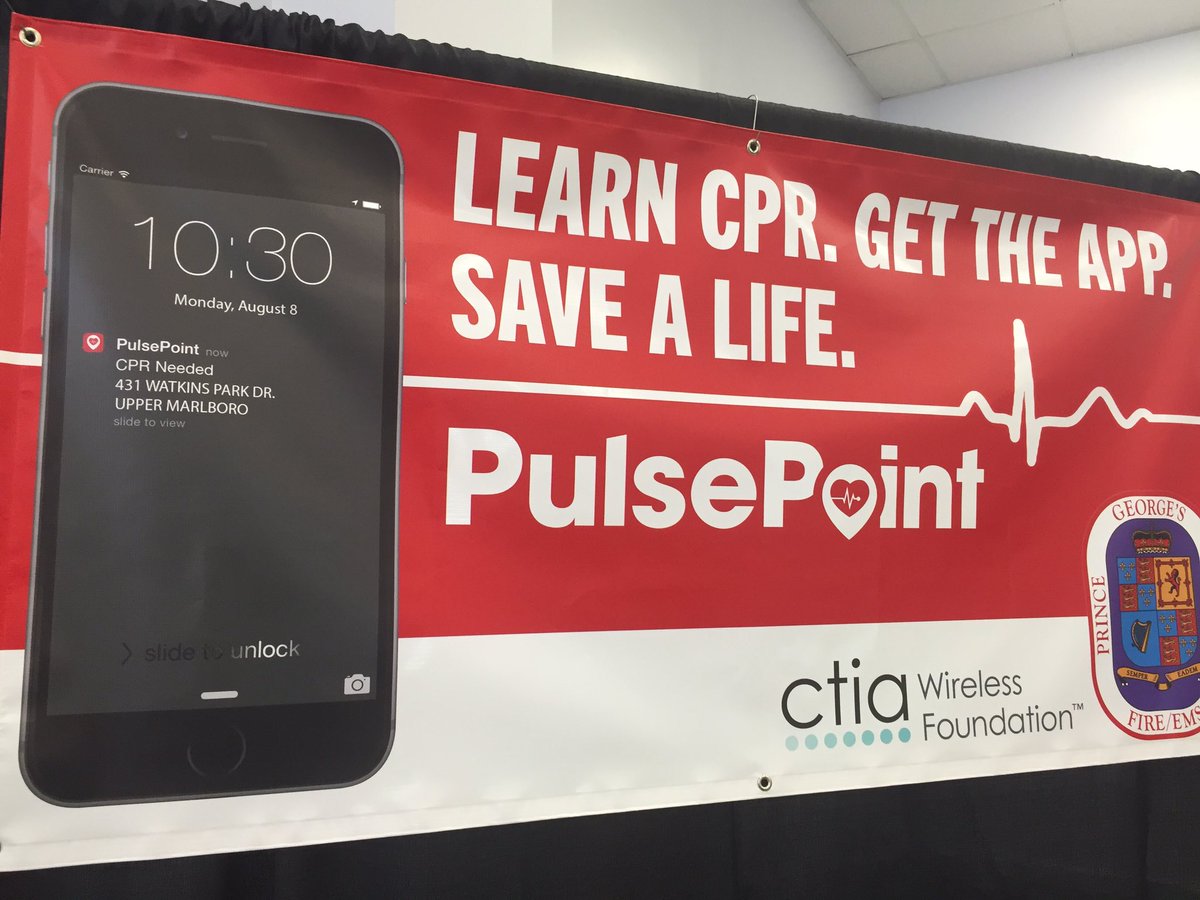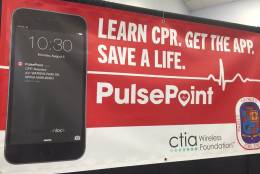
A demo of PulsePoint from deputy chief Brian Frankel pic.twitter.com/FzngRiqEsm
— John Domen (@JDDsays) October 12, 2016

WASHINGTON — In Prince George’s County, a new app could be the difference between life and death.
In the last 12 months, 1,121 people have died from cardiac arrest in Prince George’s County. That’s 90 percent of the cardiac arrest cases paramedics have responded to. The other 10 percent usually happen to be near a defibrillator or someone who knows CPR.
A smartphone app called PulsePoint hopes to improve the odds that those who go into cardiac arrest have a lifeline.
Cardiac arrest is when the heart completely stops beating, as opposed to a heart attack where there’s a blockage. Prince George’s County Fire Chief Marc Bashoor says the odds of living drop 7 percent every minute blood isn’t getting pumped. It’s why he’s encouraging everyone to learn two-handed CPR, which forces blood through the heart when it won’t beat on its own and is the most critical part of CPR.
“The app provides functionality that notifies a user when they’re within a quarter mile of a sudden cardiac arrest,” said Bashoor. “And provides the location of any automatic external defibrillators, or AEDs, that are nearby.”
That way, that person can rush to the scene and provide critical care to someone much faster than paramedics, who typically need seven-to-10 minutes to respond to a 911 call.
“When an individual calls 911, the PulsePoint is connected into our 911 system and pulls that information,” said Brian Frankel, the county’s deputy fire chief in charge of paramedics. “It then verifies that information. PulsePoint only alerts for cardiac arrest patients in a public area. If a cardiac arrest occurs in somebody’s home, we will not send citizen responders.”
Bashoor said the app can save lives.
“We need to improve our outcomes,” Bashoor said. “Collectively we can do better than the 10 percent survival rate we see today.”








